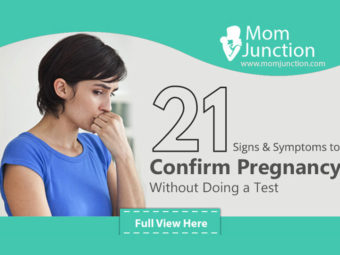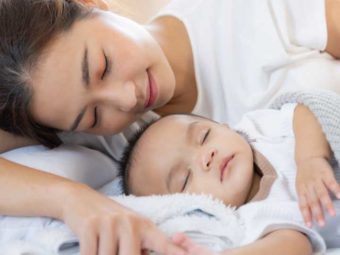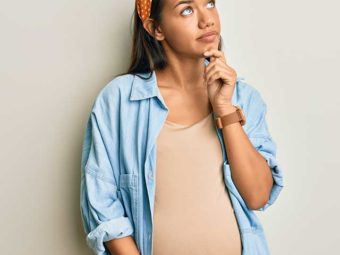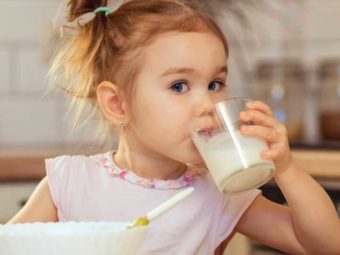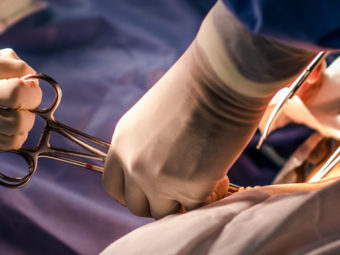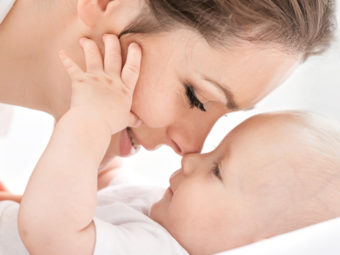
Image: Shutterstock
Many couples might find it hard to conceive when they are trying for the first time. While getting pregnant might sound easy it does not happen just when they start to try. It requires a carefully calculated system of aiming for the exact time that your fertility window is high. If you know when you’re ovulating, it becomes easier for you to become pregnant. Trying to conceive during this time increases your chances of getting pregnant. Therefore, we are here to walk you through the different cycles your body is in during the month so you have the best chances of getting pregnant when you’re trying.
When You’re On Your Period
Many people believe that having intercourse during menstruation means that you cannot get pregnant. Logically, this makes sense because menstruation is the shedding of your inner uterine wall i.e, the endometrium layer, every month. On average this lasts for about 5-7 days for women and by the third day, the levels of progesterone and estrogen increase. This happens because these hormones are working on building your endometrium layer and preparing for the next menstruation cycle.
By the fourth day, ovaries start to prepare the eggs for release and there’s very little chance that sperm can fertilize an egg because there are no eggs left during this phase. The average time for women to ovulate is about 14 days but if you go through early ovulation, the chances of getting pregnant might be slightly higher. However, in most cases, your chances of getting pregnant are almost nil, and couples who are trying to conceive take this time as a break from their routine calculated intercourse (1).
Right After Your Period
Experts say that you can get pregnant right after your period even if you haven’t started ovulation. Therefore, for couples trying to conceive, it is a good idea to engage in intercourse as many times as possible right after menstruation. Within a few days after your period, you will notice that there is a creamy and white discharge indicating that you are returning to a state of fertility. While you might not be ovulating, having intercourse during this time might help you get pregnant. Why? Because your cervical mucus can harbor a sperm and keep it alive for up to 7 days. In that time, you might release an egg and the sperm might attach to it resulting in fertilization (2).
During Ovulation
There is no better time to get pregnant than during ovulation. It’s the time when your fertility window is the highest and your chances of getting pregnant are at its peak. On average, women start ovulating on the 14th day before their next period schedule. During the time of ovulation, there is a rise in your body temperature and experts say that before this happens is when you are most fertile. To check this, you could always purchase an over-the-counter ovulation kit to know when your ovulating time is (3).
After Ovulation
一旦输卵管的蛋被释放,your fertility window closes and the chances of you being able to conceive is quite low. Only once your uterine layer sheds and the next ovulation begins will you be in your fertility window. This phase is also called the luteal phase. What happens during this phase is that the level of progesterone starts to rise indicating that there is no need for further release of eggs. During this time, the uterus changes and prepares for implantation. However, if no implantation occurs, the progesterone levels decrease rapidly and the uterine layer prepares to shed in time for the next menstrual cycle (4).
However, in all these phases of your monthly cycle, it is not impossible to get pregnant. So, if you want a baby, don’t hold back from doing the dirty *wink wink*.







